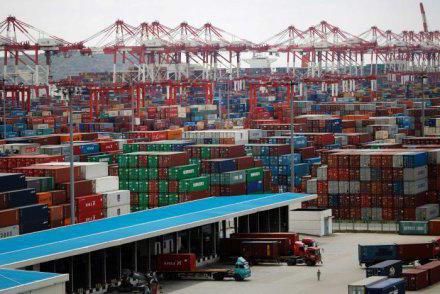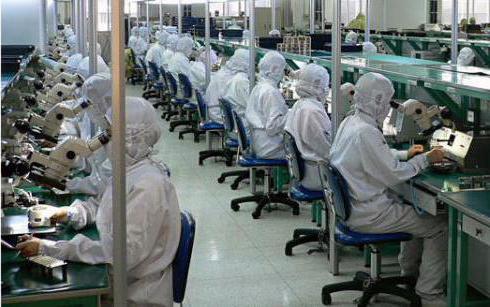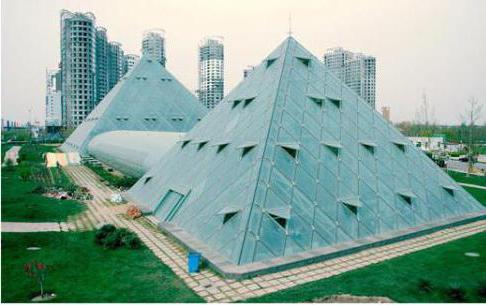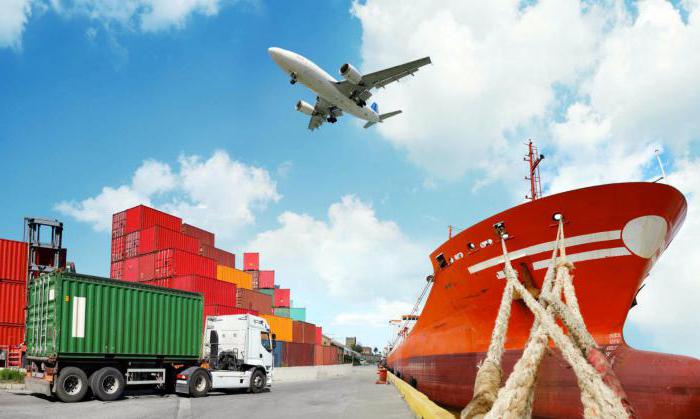The world economy has long been accustomed to such a special development tool as a free economic zone. This is an effective way to attract investment in the region and ensure the growth of production or other types of economic activity.

The definition of "free economic zone"
Officially designated economic territories were fixed international convention to simplify and harmonize customs procedures in 1973 in Kyoto. In its most general form, a free economic zone is a part of the country’s territory on which special conditions are established, which are expressed in the absence or weakening of customs control and significant tax benefits.
Today there is no final terminological clarity, and the names “free” or “special economic zone” are used synonymously. The essence of this phenomenon is the special conditions that exist in a limited area. The organization of such zones is always associated with the solution of a specific economic problem: the development of the territory, attracting investors, creating a new type of economic activity.

Principles of the existence of free economic zones
Regardless of the type and country of location, special free economic zones are created on the basis of the following principles:
- the mandatory absence of any customs duties on the import of components for future products, equipment and on the export of manufactured goods;
- tax incentives;
- state guarantees against any type of confiscation and expropriation of property owned by foreign investors;
- a set of benefits and privileges of a different nature for companies operating in the territory of a free economic zone;
- free use of hard convertible currency for all types of transactions.

The goals of creating free economic zones
The emergence of special zones is associated with solving pressing economic problems. A free economic zone is an effective tool to help regional economies. Zones can help in many cases. They are created if you want to revitalize medium and small businesses in a depressed or subsidized region of the country, help to level the standard of living in different regions, allow more efficient use of the resources available in the region, and much more. That is why there is a rather large list of goals in which the creation of a free economic zone is shown. Objectives may vary when considering their relevance to the state and to the investor. The state interests of creating free economic zones are as follows:
- attracting foreign investment, mobilizing capital, obtaining innovative technologies for the production of goods and services;
- creation of a large number of new jobs, especially for highly qualified personnel;
- import substitution, domestic production of goods, technologies and services for the development of the domestic market instead of importing goods;
- formation of a possible export base;
- approbation of new management techniques and methods, legislative and tax models, development of new system management skills, training.
The following objectives are relevant for the investor:
- increasing the profitability of investments due to tax breaks;
- rapprochement of production and consumer;
- getting cheap labor;
- removal of various administrative barriers in doing business;
- development of the territory and in connection with this additional opportunities for expanding the business.

Functions of Free Economic Zones
Any free economic zone is a complex multifunctional system. The functions performed by such territories include:
- increasing the industrialization of the region and the country as a whole;
- integration of the national market into the global economic and production system;
- increase in foreign currency infusions into the budget of the country and region;
- development of the region, including through the formation of highly qualified personnel, saturation of the market with high-quality goods and services, creation of additional jobs;
- increasing the efficiency of using existing capacities and resources;
- increasing the role of the country in world exports;
- mobilization of capital and the business environment.

Organizational forms of free economic zones
Each state itself chooses the form of a special zone in accordance with the tasks to be solved and the characteristics of the regional economy. Therefore, a free economic zone of a country can have a different functional and organizational form. In total, there are 5 main organizational types of such territories:
- foreign trade, in which the main activity is import and export, in them free trade accompanied by the development of transport systems, warehouse complexes, etc .;
- technological, these zones are focused on the development, development and testing of high technologies, they attract innovation to the region. An example is technopolises and technoparks;
- complex production zones, they can be based on the creation of goods or the provision of services, most often zones for the production of consumer goods are created;
- offshore zones that attract capital through reduction or absence of tax and customs duties, preferential conditions for transactions with currencies are provided to customers;
- service zones created for the development of one service or its complex, for example, banking or recreational and tourist areas.

Types of free economic zones
There are several classifications of special zones for various reasons. Traditionally, the territory of a free economic zone may relate to some kind in accordance with the leading principle of organization, in which case the following are distinguished:
- territorial free zones, which are created precisely on the basis of the particularities of the place, include open zones that actively interact with other regions, and enclave zones, that is, those in which there are restrictions on cooperation with other regions;
- functional areas. They are created based on a specific function, for example, the production of certain goods or services.
According to the provided privileges, special zones can be divided:
- on customs, in which significant benefits are provided for the export and import of goods, raw materials, components;
- tax, in such zones various types of fees have been partially or completely canceled;
- financial and investment, in which rates for various types of fees are reduced, preferential credit and insurance conditions are provided;
- administrative, in which there is a simplified procedure for registration and registration of companies, as well as facilitated the entry and exit of foreign citizens-investors.

A bit of history
The regime of free economic zones in the world was tested in the 12th century, when the famous Hanseatic League, which controls trade in the Baltic and North Seas, emerges in Europe. Members of the union enjoyed various benefits and privileges, which ensured its success and longevity. In the 15-17 centuries, experiments with such territories were carried out in Italy, Russia and Germany. By the end of the 19th century, favorable conditions had developed for the emergence of a genuine special zone. The country's first free economic zone appeared in the German cities of Hamburg and Bremen.Hamburg has retained its privileges until now thanks to its exceptionally favorable location and developed infrastructure.
In the 20th century, the emergence of free economic zones became common, in the 70s an international legal mechanism was formed that allowed many states to open such territories.
World experience
Modern zones of free economic trade are very popular instruments of regional politics and economics. In total there are more than 1000 such territories in the world, the record holder in their number is the United States, the most rapid growth of zones today is in Asia. The most successful projects in world practice are:
- the Shannon Irish district, in which, with the threat of a sharp decrease in the use of international airlines by the airport, a technopark was created to attract investments, the world's first duty-free shop is also opening here, in the 80s a powerful innovation center was formed here;
- the Brazilian industrial district of the Manaus free zone, in which energy companies concentrated, providing not only the domestic needs of the country, but also entering foreign markets;
- Chinese export cities: at the end of the 70s, zones with special tax and customs conditions were opened in 14 coastal cities, which allowed the region to make a breakthrough in development and attract tens of billions of dollars to the country.
Russian practice
Free economic zones in Russia appeared in the last years of the existence of the USSR. They were aimed at developing the economy and establishing relations with other countries. The first projects were in Vyborg and Nakhodka. A feature of all zones of this period was the emphasis on the export of raw materials. In the 90s, several zones with a lightened tax regime appeared at once, they produce goods and attract foreign investment. But later it turned out that almost all plans were not destined to be realized.
At the end of the 20th century, new projects appeared: the foreign trade zone near the Sheremetyevo airport, the technological one in Zelenograd, and the tourist resort in the Caucasus. The country is gradually forming its approach to the functioning of such territories, but their activities are faced with significant difficulties.
Features of free economic zones in Russia
In the 2000s, Russia began to take seriously the development of special territories in order to attract foreign capital and support high-tech sectors of the economy.
The following zones of free economic development have been formed in Russia:
- industrial (Elabuga, Lipetsk, Tolyatti, etc.);
- innovative (Zelenograd, Dubna, Fryazino, etc.);
- tourist (Irkutsk, Buryatia, Altai, etc.);
- port (Khabarovsk, Ulyanovsk, Murmansk).
